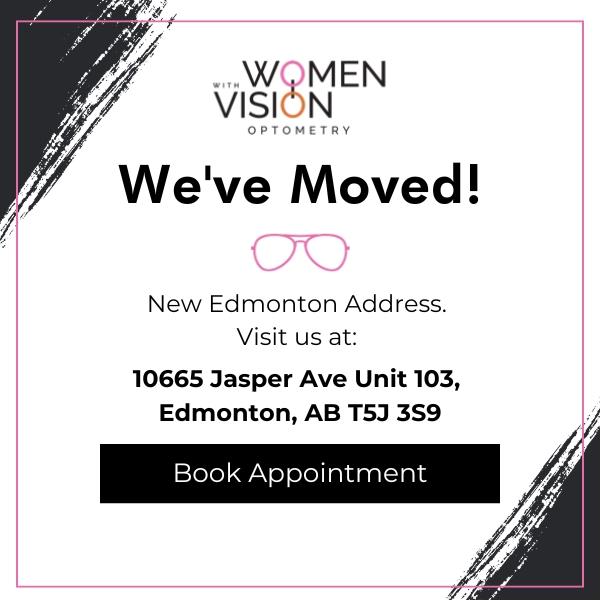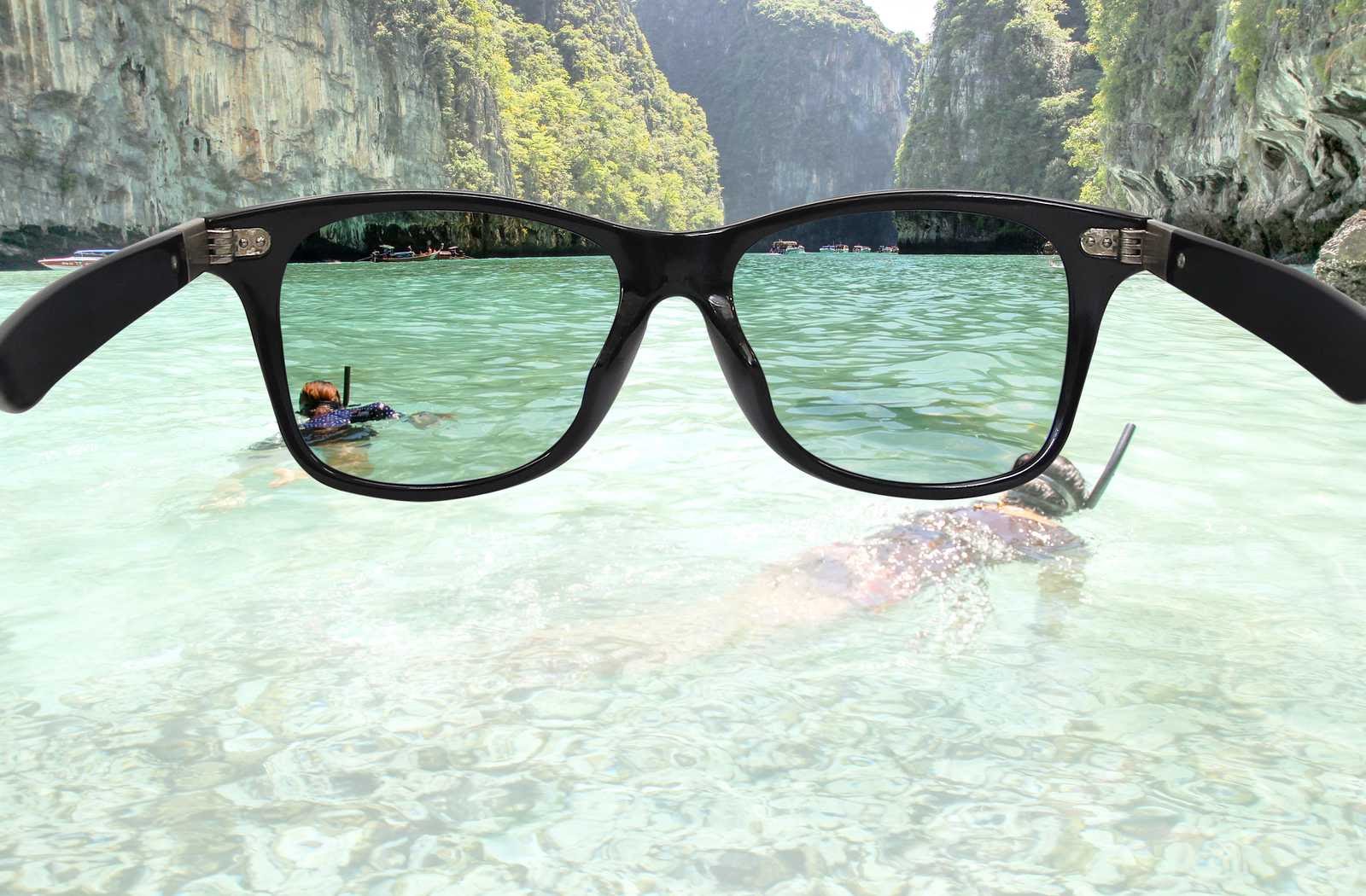If you’re thinking about ditching your oversized collection of cheap sunglasses and getting a quality pair that you love — you’ve got options for protecting your eyes and minimizing discomfort. Polarization is an excellent option for some because of the way it minimizes glare.
But you might be wondering what polarized lenses are really good for, and that’s understandable. Whether you’ve got a prescription or not, there are a few situations where polarized sunglass lenses might really benefit you.
Sunlight
Many of us seek out sunlight for the joy it brings us, even in winter. In places with lots of cloudy and rainy days, there’s a phenomenon called sun-guilt. It’s where people force themselves to drop all indoor activities and go outside for the rare appearance of the sun. But direct sunlight can be harmful, and it’s not easy on the eyes.
The sun is a massive nuclear reactor. It kicks out all sorts of radiation, including gamma rays, x-rays, visible light, infrared, ultraviolet, and even radio waves. After reaching past the atmosphere, sunlight is a filtered version of itself. The ozone layer cuts out the most dangerous parts like UV-C light, x-rays, and super potent gamma radiation.
But visible and UV light come through, causing discomfort and possibly harm without UV filtration. Many people are concerned with reducing the brightness of direct sunlight. These visible-light waves all mix together, disperse, converge, and overlap, reflecting off and refracting (like a ricochet) through surfaces on the ground.
Glare
Glare comes from converging reflection or refraction of rays from the visible spectrum of sunlight hitting your eye all at once. It’s almost like the light has been magnified, partly because of the unique way reflected light waves double up when they bounce off a surface.
Roads, buildings, windows, and water surfaces like lakes or ocean are especially bad for this. Glare’s wave polarization refers to the orientation in which the light wave vibrates. Usually, we just classify it into horizontal or vertical orientations.
Polarized Glare
When reflecting off a horizontal surface like a road or still water, chaotic, multidirectional, overlapping waves of sunlight combine as a series of more powerfully synchronized, horizontally polarized waves. That means the rays that used to vibrate in multiple directions through overlap get realigned on the reflective surface — and all begin to vibrate side to side, hitting the upper parts of your retina from below.
How Your Eyes Respond to Glare
Your irises expand and contract over your pupils, letting an even amount of light into the inner parts of your eye. But glare can upset the balance of outdoor brightness levels, so your irises can’t help much. This imbalance causes quite a bit of discomfort for your eye as it struggles to let the right amount of light in. You may end up squinting and straining your eyes in attempts to keep excess light out.
What is Lens Polarization?
If you’re dealing with horizontal glare polarization, vertical lens polarization will filter it, and vice versa. Polarization is an effect lens designers use to filter some of the overlapping visible light and restore a more balanced brightness level. The process involves aligning microscopic particles to create a tiny screen, making up many rows like blinds on a window.
That means light only comes from one direction, parallel to where the lens is pointing, and converging light rays doubling up can’t make it through the lens. Only light with a wavelength running parallel to the “blinds” of the polarized lenses passes through, while the rest is absorbed.
Who Can Benefit from Sunglasses with Polarized Lenses?
Lifestyle is a huge factor. Horizontally polarized light can be quite an issue for our patrons who enjoy canoeing, kayaking, boating, jet skiing, and related watersports. Old roads that haven’t been paved for a while don’t absorb light as much as freshly oiled pavement, so they too can reflect a lot of horizontally polarized light — causing a lot of discomfort for most highway drivers.
Opticians craft lenses with vertical polarization to help these people reduce horizontally polarized glare. That way, the overwhelming horizontal waves are absorbed by the sunglasses’ tinting molecules, while unreflected, vertically polarized waves from different directions pass through evenly.
We actually recommend (vertically) polarized sunglasses not just to water sports enthusiasts or highway drivers — but to anyone spending a lot of time outside or on the road, simply because glare can strain your eyes from a great variety of horizontal surfaces.
Choosing a Polarization
Of course, vertically polarized glare can come from vertically aligned surfaces like tall buildings and skyscrapers. That means your vertically polarized sunglasses would let this type of glare through. But it might not be worth having a pair of horizontally polarized sunglasses dedicated to this type of filtration.
There’s a lot more water surface, foliage, and pavement out there than vertical buildings, all generating horizontally polarized glare. However, every person has unique needs, so ask your optician whether horizontally polarized lenses might be right for you.
Who Should Not Wear Polarized Lenses?
Interestingly, pilots are often prohibited from wearing polarized lenses for safety reasons. Sunglasses with polarized lenses can filter reflections off of other aircrafts’ materials. That means pilots wearing them might overlook some obstacles to their flight path.
Due to the potential danger of aerial collision and being unable to see hazardous objects and surfaces because of polarization — pilots must stick to tinted sunglasses or visors without polarization. Still, UV-A and UV-B protection are needed to keep their eyes healthy.
How to Tell if You Have Polarized Lenses
Cheap sunglasses are seldom polarized — even though consumers often find sunglasses that wrongly claim to be polarized. You can test them by peering through a lens held near your face, at first holding them level. Try looking at an image on an LCD screen (like most televisions, smart devices, and computer screens made in the 2010s).
If you tilt the sunglasses sideways so one lens is higher than the other instead of sitting level, the image should completely black out when they’re held vertically. If you can see the image, no matter what orientation you tilt the glasses, you’re not dealing with a pair of vertically polarized lenses.
Alternatively, you can substitute a reflective surface. Glare coming off the reflective surface should appear intense when the sunglasses are held sideways, and mild when they’re held level.
Polarization Helps Your Eyes
One of the best things you can add to a quality pair of prescription sunglasses is polarization. If you’re into watersports or lengthy road trips, polarization helps you stave off the excess brightness. When you’re trying to maximize comfort, the less glare making it to your retina, the better. For a quality pair of sunglasses with polarized lenses, book your appointment today!



